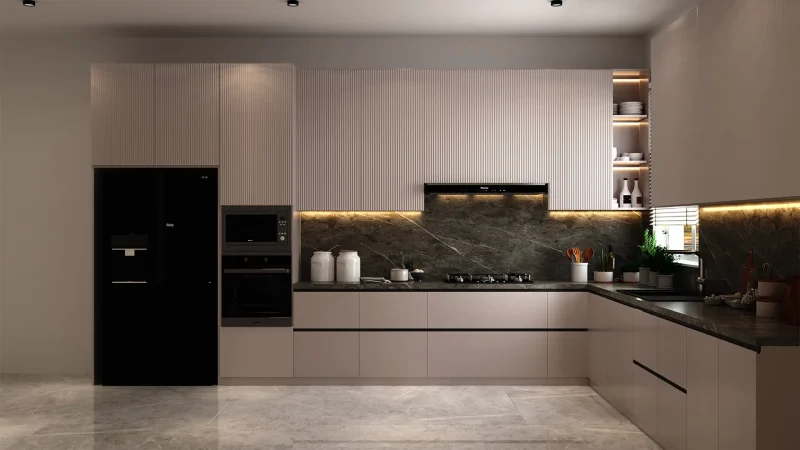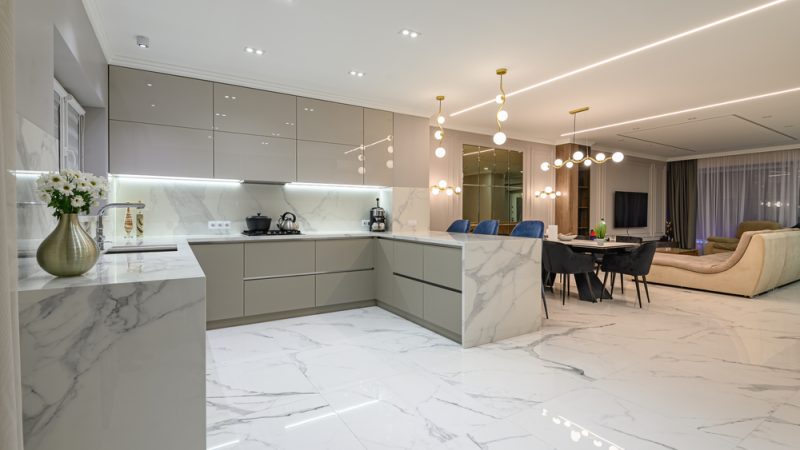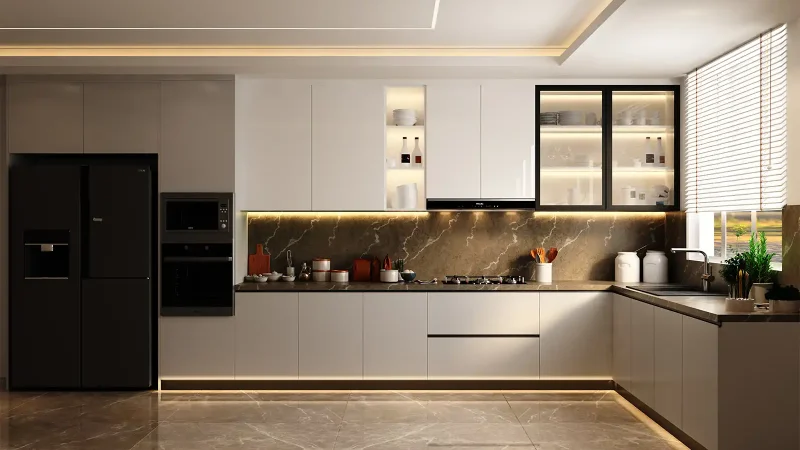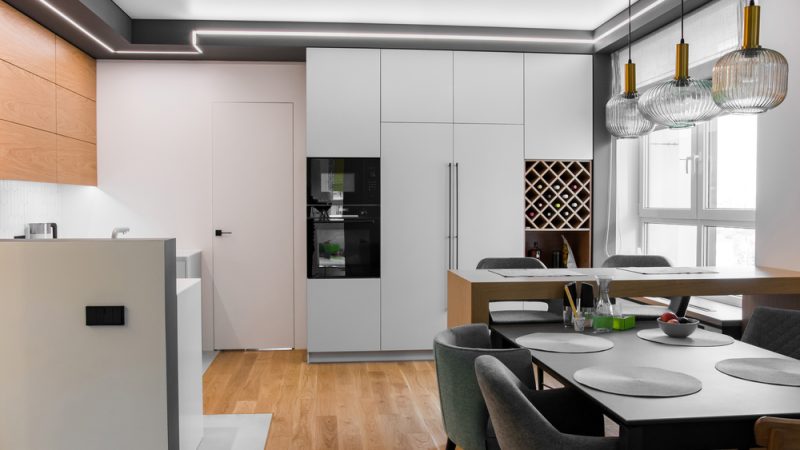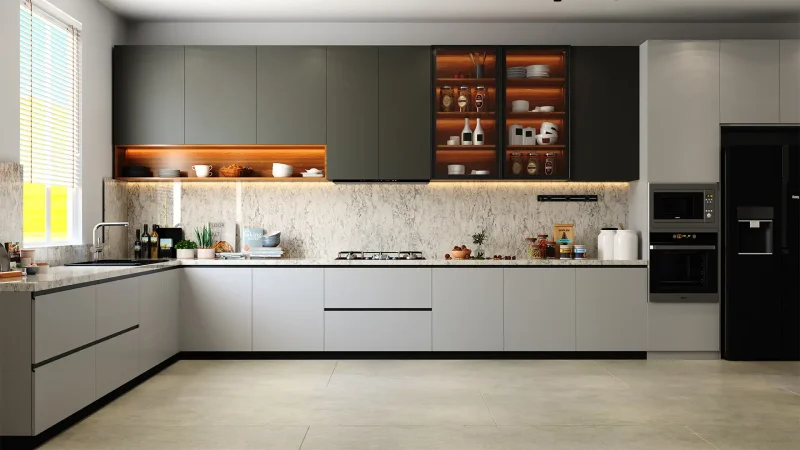L-Shaped vs U-Shaped Modular Kitchen: Which One’s Right for You?
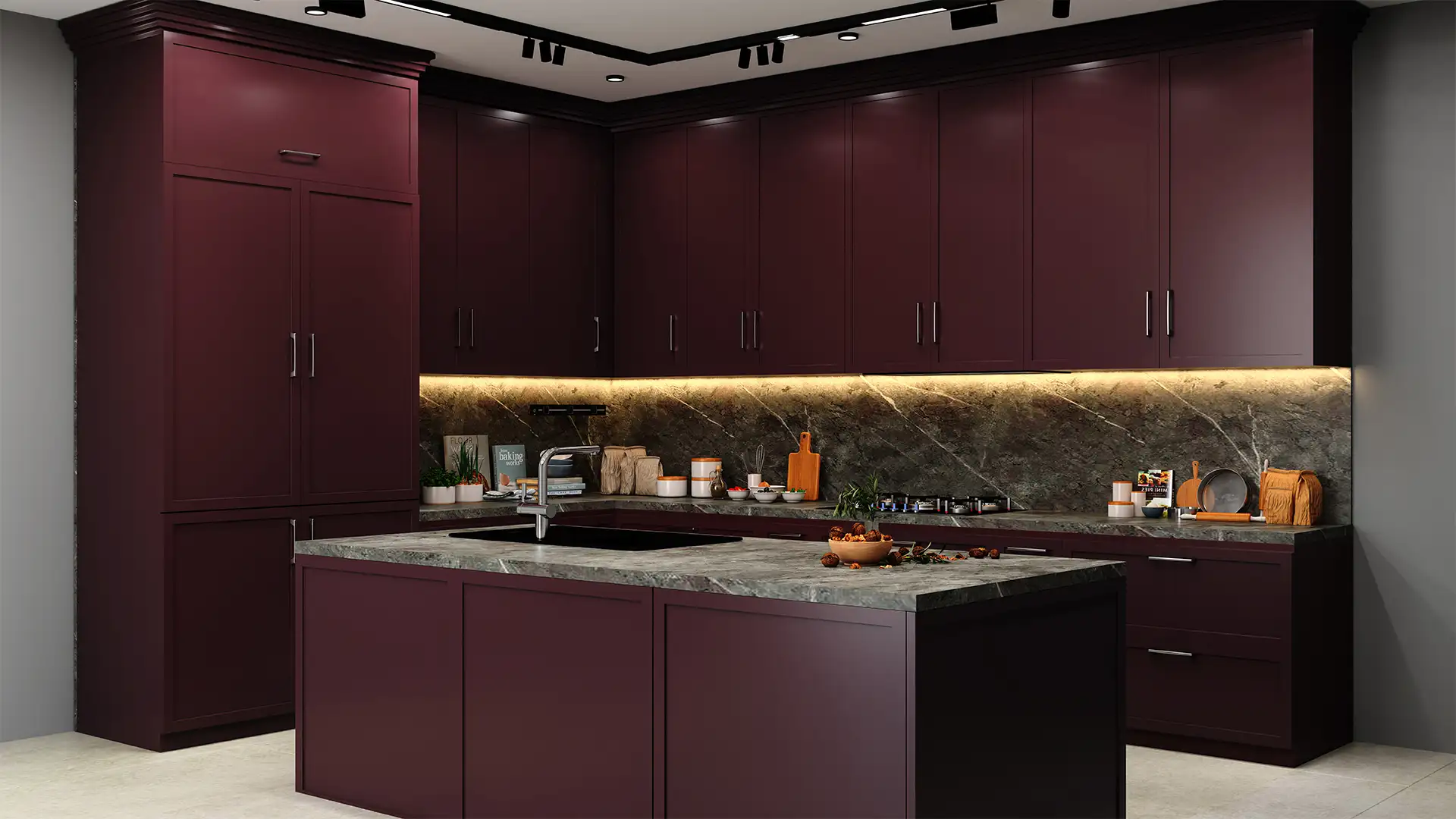
Designing a modular kitchen involves choosing a layout that aligns with your space, cooking habits, and aesthetic preferences. Two of the most popular configurations are the L-shaped and U-shaped kitchens. Each offers distinct advantages and limitations depending on the size of your home, the functionality you require, and the kind of look you’re going for. Let’s explore each layout in depth to help you decide which one suits your lifestyle best.
Understanding the L-Shaped Modular Kitchen
An L-shaped kitchen features countertops and storage units installed along two adjoining walls, forming an “L”. It’s a classic design that works particularly well in small to medium-sized homes or apartments.
Advantages of L-Shaped Kitchen
Efficient Workflow
The L-shape naturally supports the kitchen work triangle—placing the sink, stove, and refrigerator within easy reach, which improves cooking efficiency.
Open and Airy
Ideal for open floor plans, this layout offers seamless integration into dining or living spaces, perfect for entertaining guests.
Space-Saving
It opens up more floor area, making it easy to incorporate dining space or a portable island, without crowding the room.
Budget-Friendly
Since this layout requires fewer cabinets and materials, it’s typically more cost-effective than U-shaped kitchens.
Considerations
- Corner Storage Issues: Corners may require specialized pull-out units or carousels to avoid wasted space.
- Limited Upper Cabinets: With only two walls available, overhead storage might be restricted compared to U-shaped kitchens.
Exploring the U-Shaped Modular Kitchen
A U-shaped kitchen extends along three walls, creating a deep work zone. It’s especially suitable for larger homes where storage and multiple workstations are needed.
Advantages of U-Shaped Kitchen
Ample Storage
Three continuous walls mean more cabinetry and drawers, making it the ideal choice for families or serious cooks.
Efficient Zoning
You can easily assign dedicated zones for food prep, cooking, and dishwashing, enhancing workflow.
Supports Multiple Users
The expansive countertop area allows more than one person to cook or prep without interference.
Considerations
- Requires More Space: Not ideal for compact kitchens; this layout needs room for movement between all three walls.
- Enclosed Feel: The inward design might feel isolating unless paired with open shelving or pass-throughs to other areas.
L-Shaped vs U-Shaped Kitchen: A Quick Comparison
| Feature | L-Shaped Kitchen | U-Shaped Kitchen |
|---|---|---|
| Space Efficiency | Ideal for compact and mid-size kitchens | Best suited for large kitchens |
| Storage | Moderate storage | Ample storage on three sides |
| Workflow | Good for single-cook setups | Supports multiple cooks |
| Cost | Lower overall cost | Higher due to more cabinetry |
| Openness | Feels more open | Can feel enclosed |
How to Choose the Right Layout
Kitchen Size
Smaller kitchens benefit from the openness of an L-shape. U-shaped designs are better for spacious areas.
Cooking Habits
If you typically cook alone, the L-shaped layout offers everything within easy reach. For joint or family cooking, the U-shape provides multiple stations.
Storage Needs
U-shaped kitchens shine when it comes to storage space, thanks to their third wall. L-shaped kitchens work well if your storage needs are minimal to moderate.
Budget Considerations
With fewer cabinets and simpler construction, L-shaped kitchens are usually more affordable. If budget isn’t a constraint and you need functionality, go with U-shaped.
Design Tips to Maximize Any Layout
Add Modular Storage Units
Whether it’s a magic corner in an L-shaped layout or a tall pantry unit in a U-shaped kitchen, modular kitchen accessories optimize every inch of space.
Opt for Open Shelving
To avoid a boxed-in feel in U-shaped kitchens, add open shelves on one side to keep the space visually light.
Lighting is Key
Under-cabinet lighting in both layouts enhances functionality while also elevating the overall ambiance.
Use Contrasting Colors
Incorporate two-tone cabinetry or bold backsplashes to define work zones and add character.
Final Thoughts
Both kitchen layouts offer excellent functionality when planned correctly. The L-shaped layout suits small to medium homes and provides an open, flexible design. The U-shaped kitchen is ideal for larger spaces, offering plenty of storage and dedicated zones for an efficient cooking experience.
At the end of the day, your decision should be based on your available space, cooking style, and storage needs. With thoughtful planning and the right modular components, either layout can transform your kitchen into the heart of your home.


